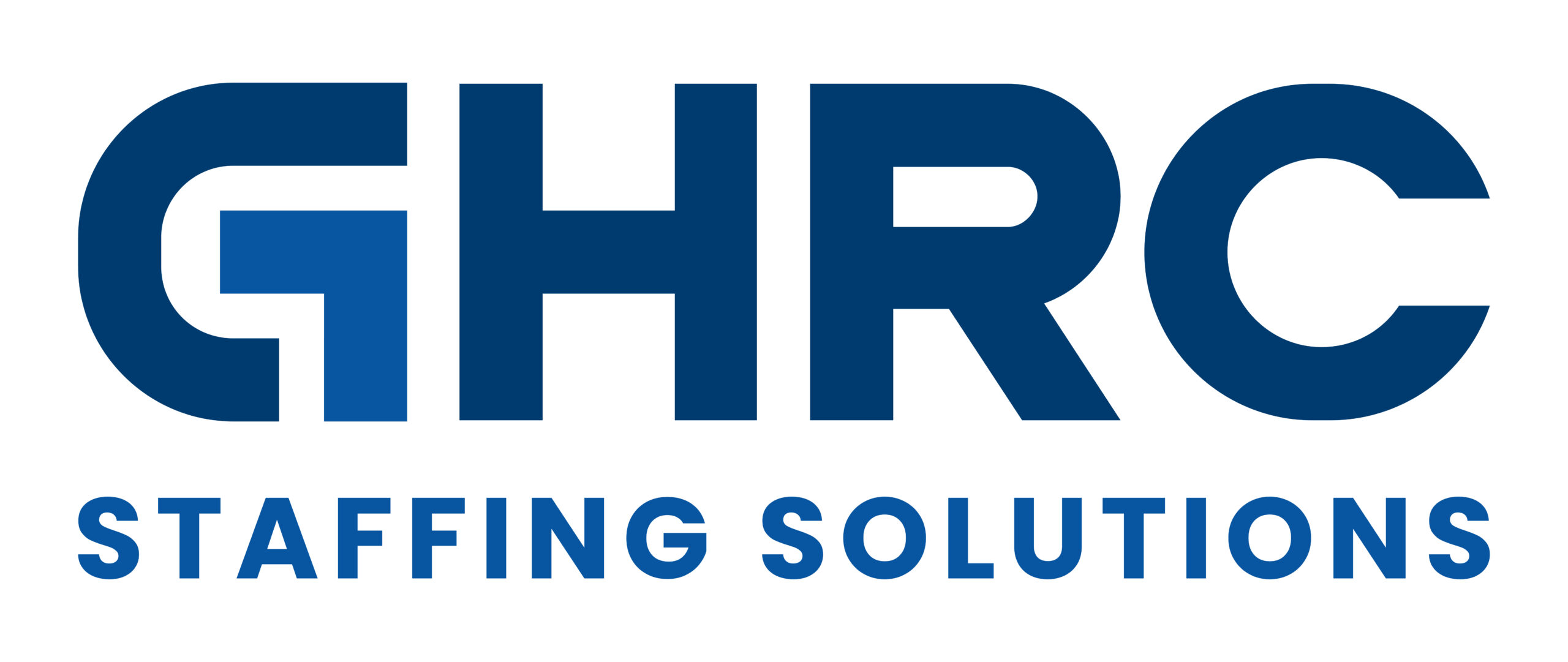
What are the WHMIS responsibilities of employers?
In Canada the WHMIS responsibilities of employers are in place to ensure the safety of their employees. These responsibilities include properly classifying hazardous products, providing adequate labels and safety data sheets, and offering comprehensive training to employees. By fulfilling these obligations, employers can protect their business and create a safe work environment.
What Does WHMIS Stand For?
The acronym WHMIS stands for Workplace Hazardous Materials Information System. WHMIS is a system used in Canada for classifying and labeling hazardous materials in the workplace. It also provides important information on the safe handling, storage, and disposal of these materials.
Overview of Occupational Health and Safety Legislation in Ontario
The Occupational Health and Safety Act (OHSA) in Ontario is a legislative framework that sets out the rights and responsibilities of employers and workers in ensuring a safe and healthy work environment. It establishes guidelines for hazard identification, risk assessment, and implementing measures to control and prevent workplace hazards. The OHSA promotes worker participation and provides the legal foundation for enforcing workplace health and safety standards. Workplace Hazardous Materials Information System (WHMIS) is a regulatory component under OHSA that specifically addresses the safe use of hazardous materials. It was last amended in 2019.
Legal Framework Surrounding WHMIS
WHMIS in Canada is governed by federal legislation known as the Hazardous Products Act (HPA) and the Controlled Products Regulations (CPR). The HPA outlines the obligations of manufacturers and suppliers to ensure that hazardous products are properly classified and labeled while the CPR set the standards for how hazardous products should be communicated to employers and workers through WHMIS.
Importance of WHMIS in the Workplace
WHMIS is critical for workplace safety. It ensures employees are informed about hazardous materials and can take proper precautions. By having a standardized system in place, employers can effectively communicate the potential risks associated with specific substances. This empowers workers to make informed decisions, follow proper handling procedures, and use appropriate personal protective equipment. Ultimately, WHMIS plays a vital role in preventing workplace incidents, protecting employees’ health, and minimizing the potential for accidents or injuries. For these reasons, it is essential to understand the WHMIS responsibilities of employers.

WHMIS Responsibilities of Employers in 5 Steps
By following these 5 steps, you can ensure that your business remains compliant with all WHMIS responsibilities of employers and that your workplace is safe for all employees.
1. Implementation of WHMIS Training Programs
The Ontario government does not provide WHMIS training directly; instead, it establishes regulations and guidelines that employers must follow. It is therefore up to the employer to develop their own WHMIS training program while following those guidelines. First and foremost, the program must ensure that employees receive information regarding hazardous products in the workplace made available by the supplier of those products or that the employer ought to be aware of. The training must also include the following elements:
- Training on the use of labels
- Modes of identification when used at the workplace instead of labels;
- SDSs — the information required, and the purpose and significance of the information;
- Procedures for the safe use, storage, handling, and disposal of a hazardous product including when it is in a piping system, a process vessel or conveyance such as a tank car;
- Procedures to be followed when leaks and other irregular releases of gases or vapours are present; and
- Procedures to be followed in case of an emergency involving a hazardous product.
2. Provision of Safety Data Sheets (SDS)
Employers are required to obtain a Safety Data Sheet (SDS) from the supplier of a hazardous product and make that SDS available to all workers in the workplace. When a business purchases a hazardous product, the supplier is required to provide an SDS. This document should be included with the product or made available upon request. Suppliers are obligated to notify customers of any significant changes to an SDS. Employers should establish a process to track these notifications and update their records accordingly.
3. Labeling Requirements for Hazardous Products
Under WHMIS, labeling requirements for hazardous products are designed to ensure that workers are informed about the hazards associated with the substances they may encounter. Here are the key labeling requirements:
- Product Identifier: The label must clearly display the product name or identifier.
- Supplier Information: The name, address, and telephone number of the manufacturer or supplier must be included.
- Hazard Pictograms: Appropriate hazard symbols must be used to visually convey the nature of the hazards (e.g., flammable, toxic).
- Signal Words: Labels must use signal words like “Danger” or “Warning” to indicate the severity of the hazard.
- Hazard Statements: These statements describe the nature of the hazards associated with the product (e.g., “Causes severe skin burns and eye damage”).
- Precautionary Statements: These provide guidance on how to safely handle the product, including recommended safety measures (e.g., “Wear protective gloves”).
- Supplemental Labeling: Additional information may be included to clarify hazards or provide further instructions.
4. Establishing Emergency Procedures
An emergency procedure for a hazardous product under WHMIS should provide clear and concise guidance on how to respond to incidents involving hazardous materials such as spills, leaks, exposures, fires, and explosions. Here’s what to include:
- Emergency Contact Information: Including a list internal and external emergency contact numbers, local emergency services, poison control, and designated safety personnel.
- Location of Emergency Equipment: Specify where to find emergency equipment like fire extinguishers, eyewash stations, and safety showers.
- Incident Reporting: Outline steps for reporting incidents or near-misses, including who to notify and how to document the incident.
- Evacuation Procedures: Clearly mark safe exit routes and assembly points and define roles for personnel during an emergency, including who will lead the evacuation and conduct headcounts.
- First Aid Measures: Provide first aid measures for specific hazardous exposures, referencing any relevant SDS for detailed treatment information.
- Personal Protective Equipment (PPE): List the appropriate PPE needed for various emergencies, ensuring that workers understand what is necessary for their safety.
- Training and Drills: Outline training for employees on emergency procedures and the use of PPE.
- Regular Review and Updates: Indicate how often the emergency procedures will be reviewed and updated to ensure relevance and compliance with any changes in regulations or materials.
5. Regular Review and Update of WHMIS Policies
Employers are required to review their education program including training and instructions to employees at least once a year. Employers should also stay informed of any changes to OHSA or WHMIS that impacts their responsibilities and update any policies or training accordingly. Overall, the WHMIS responsibilities of employers should remain top of mind for all businesses to ensure a safe place for employees to work.
Looking to hire?
At GHRC we have worked with businesses across Ontario for over 30 years to meet their employment and staffing needs. We ensure that all employees receive basic WHMIS training and can also administer additional training or proof of certification based on our client’s requirements. Use the contact form below to reach out if you would like to learn more about partnering with us.


